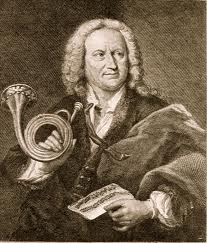Suite for Strings
This Suite unites music from the dramatic output of Purcell. Barbirolli, the famous English conductor, took excerpts from “The Gordian Knot Untied,” “Dido and Aeneas” and “King Arthur” and re-orchestrated them slightly, mostly by giving the sung lines of arias to solo instruments.

